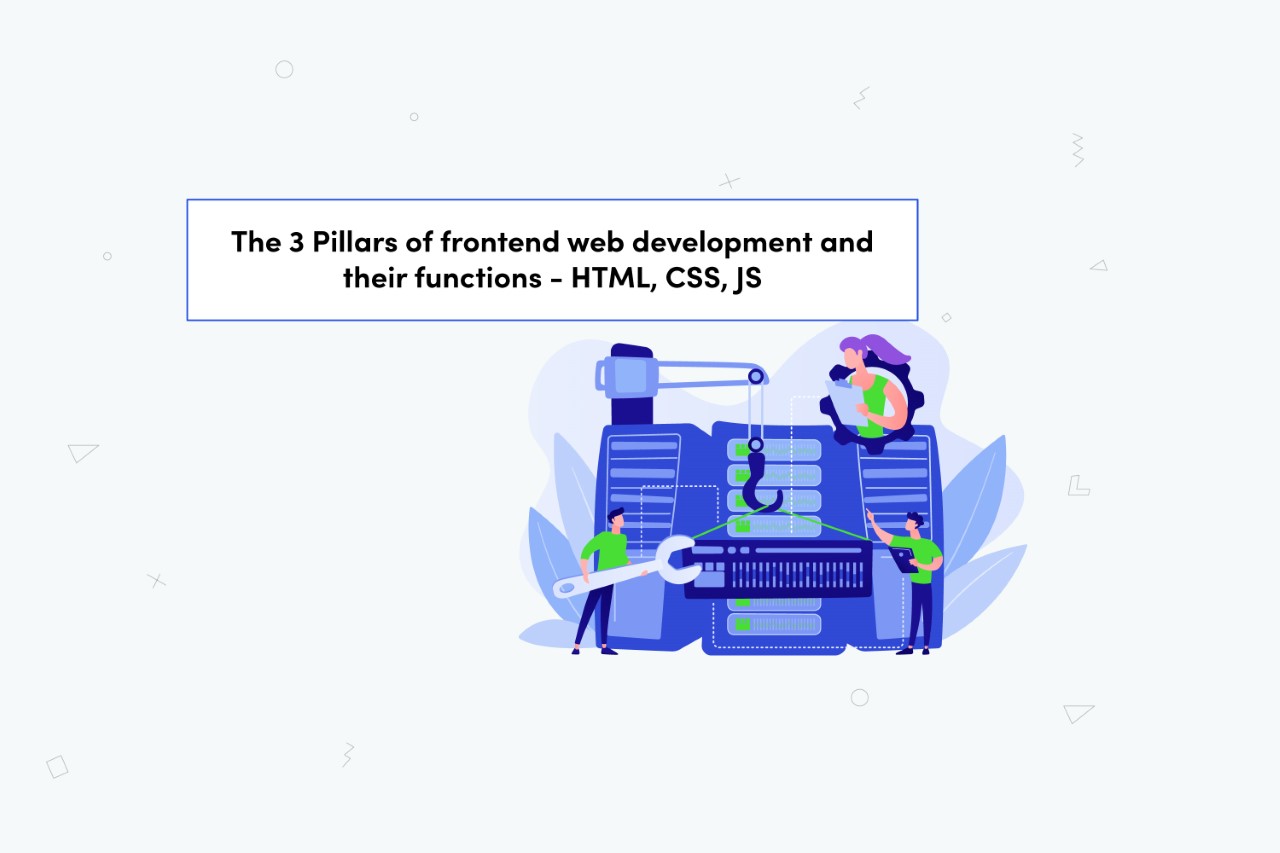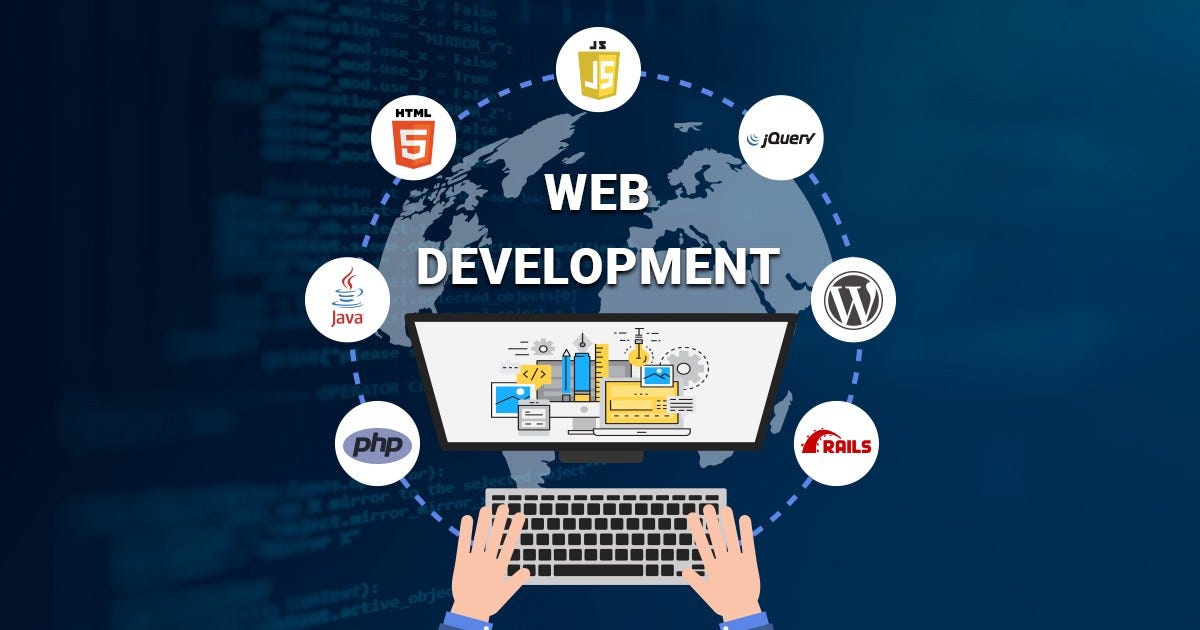JAKARTA, odishanewsinsight.com – In the rapidly evolving digital landscape, Web Development serves as the bridge between ideas and user experiences. Today’s websites must not only function flawlessly but also tell a compelling story and deliver seamless interactions. By blending cutting-edge technology, genuine brand storytelling, and human-centered design, modern Web Development transforms static pages into immersive platforms that captivate audiences and drive engagement.
The Three Pillars of Effective Web Development

Technology: Building the Foundation
In Web Development, the technology stack lays the groundwork for performance, scalability, and maintainability.
- Front-End Frameworks
- HTML5, CSS3, and JavaScript (ES6+): the trifecta for structure, styling, and interactivity.
- React, Vue.js, Angular: component-based libraries and frameworks that streamline UI development and state management.
- Back-End Architecture
- Node.js, Django, Ruby on Rails, ASP.NET: server environments and frameworks that power API endpoints and business logic.
- RESTful APIs and GraphQL: data-exchange protocols that optimize client-server communication.
- DevOps and Tooling
- Version control with Git and GitHub to track changes and collaborate.
- CI/CD pipelines (GitHub Actions, Jenkins) automate testing and deployment, reducing time to market.
- Containerization (Docker, Kubernetes) ensures consistency across environments and simplifies scaling.
Heart: Brand Storytelling and Emotional Connection
Successful Web Development goes beyond code; it taps into emotions and conveys brand values.
- Visual Identity
- Consistent color palettes, typography, and iconography reinforce brand recognition.
- White space and layout hierarchy guide the eye and prioritize content.
- Content Strategy
- Headlines, subheadings, and microcopy crafted in the brand’s voice foster authenticity.
- Story arcs—problem → solution → success—invite users to journey with your brand.
- Emotional Design
- Microinteractions such as button animations or hover effects delight users and humanize interfaces.
- Illustrations, photography, and video backgrounds set mood and build rapport.
- Testimonials and user stories add social proof and deepen trust.
Experience: User-Centric Design
Putting users at the heart of Web Development ensures accessibility, usability, and retention.
- Information Architecture
- Logical menu structures, breadcrumbs, and search bars help users find information quickly.
- Content grouping and modular layouts adapt to different screen sizes.
- Accessibility (a11y)
- WCAG 2.1 guidelines: alt text for images, proper contrast ratios, and keyboard navigation.
- Semantic HTML elements (nav, main, article, footer) enhance screen-reader compatibility.
- Performance Optimization
- Image compression (WebP, lazy loading) and responsive image sets reduce load times.
- Code splitting, minification, and bundlers (Webpack, Rollup) cut down JavaScript payloads.
- Content delivery networks (CDNs) and HTTP/2 or HTTP/3 accelerate asset delivery globally.
Best Practices for Engaging & Functional Websites
Responsive & Mobile-First Design
- Start by designing for the smallest viewport: ensure touch targets meet accessibility guidelines.
- Utilize CSS Grid and Flexbox to create flexible layouts that adapt seamlessly to any device.
SEO & Semantic Markup
- Use descriptive
<title>,<meta>descriptions, and heading hierarchies (H2, H3, H4) to improve crawlability. - Implement structured data (JSON-LD) for enhanced search results such as rich snippets and knowledge panels.
Security & Privacy
- Enforce HTTPS with HSTS, secure cookies, and Content Security Policy (CSP) headers.
- Validate and sanitize all user inputs to guard against XSS and SQL injection attacks.
Automated Testing
- Unit tests (Jest, Mocha) verify individual components and functions.
- Integration tests (Cypress, Selenium) simulate real-world user flows.
- Visual regression tests catch unintended layout changes during development.
Performance Monitoring
- Conduct regular Lighthouse audits and WebPageTest analyses to benchmark performance metrics.
- Implement Real-User Monitoring (RUM) tools like Google Analytics or New Relic to track real-time user experiences.
- Set performance budgets to prevent regressions and maintain page-load targets.
Case Study: Revamping “GreenSteps” Nonprofit Website
Challenge: GreenSteps, an environmental nonprofit, struggled with slow load times, poor mobile usability, and low volunteer sign-ups.
Approach:
- Adopted a JAMstack architecture using Gatsby and Netlify for pre-rendered pages and instant deployments.
- Designed a nature-inspired UI with custom SVG illustrations and earthy color schemes to evoke trust.
- Streamlined the volunteer registration flow into three simple steps, optimized for touch interfaces.
- Integrated interactive features—event calendars and geolocation maps—to encourage community participation.
Results:
- Lighthouse score improved by 35 points, cutting page-load time in half.
- Mobile registrations rose by 50% within two months.
- Organic search traffic increased by 70% year over year.
Staying Ahead: Trends and Future Directions
- Serverless and Edge Computing: frameworks like Netlify Functions and AWS Lambda@Edge push logic closer to users for reduced latency.
- Progressive Web Apps (PWAs): offline capabilities and “app-like” experiences that enhance engagement.
- AI-Driven Personalization: real-time content recommendations and dynamic UI adjustments based on user behavior.
- Voice and Conversational UIs: chatbots and voice assistants integrated directly into websites for hands-free interaction.
Conclusion
Mastering Web Development requires a balanced blend of robust technology, heartfelt storytelling, and user-centered design. By following best practices—mobile-first layouts, semantic markup, rigorous testing, and performance monitoring—you can craft websites that engage, inform, and delight. Stay curious about emerging trends and continuously iterate based on user feedback to keep your digital experiences ahead of the curve.
Boost Your Competence: Uncover Our Insights on Technology
Spotlight Article: “Digital Engagement: Building Strong Connections That Last in the Online World!”

